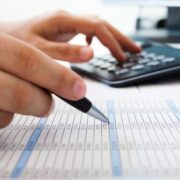Cash Flow for an Artists: What Is It and Why You Need to Pay Attention to It
Have you ever opened your banking app to look at your balance, only to find it’s much lower than you thought it would be? Not my favorite feeling either, but if you have encountered this sensation, then you’ve experienced the effects of cash flow!
If there never seems to be enough cash on hand for your creative endeavor, consider signing up for our business of art newsletter.
Just like you need to keep an eye on your personal account balance to make sure you have sufficient funds to live, so too do you need to pay attention to what’s coming in and going out of your business to sustain your practice. That, in a nutshell, is cash flow.
When mastered, strong cash flow for an artist can make the difference between a business that’s healthy and one that’s no longer in business, or the difference between making more art or waiting for the next check. Let’s take a closer look at what cash flow for an artist is, how to ensure you have a positive cash flow, and the impact that it can have on your arts business.
What Is Cash Flow?
Cash flow is the movement of money through your business. Typically speaking, money coming into your business is revenue, while money going out of your business is expenses. Cash flow for an artist takes into account both revenues and expenses to date, as well as future revenues and expenses. In this sense, it’s also a forecast of what you can expect financially.
Cash flow is calculated over a duration of time. Frequently it is analyzed over the course of a month, but you might also calculate the flow for a day, week, quarter, or year. A month tends to be most helpful as “bills” or invoices from vendors are usually calculated on a monthly basis.
What Is Positive Cash Flow?
Cash ebbs and flows; sometimes we have more cash on hand, sometimes we have less. Having a positive cash flow for an artist means that more money is coming into your business than going out. It’s a sign that your business is healthy. It’s important to note that this doesn’t necessarily mean you’re profitable, as things can change over time.
The dynamic nature of your cash position makes it important to look at your cash flow monthly. Consistent check ups allow you to a) ensure you’re not spending more than you’re taking in and b) adjust your forecast of revenue and expenditures of future cash flow to keep sufficient funds on hand to stay operational. And yes, when you are in business for yourself you can control the expenses and revenue. You can put more energy into marketing and sales to increase revenue, and you can reduce costs by changing vendors for products and services.
Additionally, a cash flow report for a certain period is often required by banks and lenders in cases where you need to take a business loan.
How to Calculate Cash Flow
There are a number of ways to calculate cash flow for an artist, some more complex than others. If you’ve invested in an accounting tool, they frequently offer a cash flow report, but it’s good to still understand how it’s measured.
A basic cash flow formula looks like this:
Income – Expenses
So, for example, let’s say last month you sold $5,000 worth of art. But you also spent $3,000 in expenses such as supplies and materials, studio rent, utilities, etc. during the same time period. You therefore have a $2,000 positive cash flow for the month; i.e. $5,000 revenue – $3,000 expenses = $2,000 cash flow) .
You can certainly project the same numbers out over a time period, but it’s important to take into consideration that both revenue and expenses are likely to fluctuate over time. That is, you’re not going to necessarily bring in $5,000 every single month, and your expenses may shift based on your business activities.
But, let’s say you want to project your cash flow for the next four months. That’s a little trickier, particularly for an artist with revenues and expenses that fluctuate. A cash flow report might look like this:
| January | February | March | April | |
| Cash at beginning of period | $5,000 | $7,000 | $5,000 | $9,000 |
| Estimated Revenue | $5,000 | $2,000 | $6,000 | $3,000 |
| Estimated expenses | $3,000 | $4,000 | $2,000 | $3,000 |
| Final Cash on Hand (change in cash + cash at beginning) | $7,000 | $5,000 | $9,000 | $9,000 |
Of course, your cash flow report should be more detailed, with itemized expenses and potentially income (particularly if you have multiple income sources).
Ultimately, putting together a cash flow report and reviewing it on a monthly basis will help ensure you’re staying on top of expenses, operating within the bounds of your income, and whether or not your business is on a positive track.
Your cash flow report can also help you prioritize your activities. If you need more revenue, you may want to work on your sales or marketing. If you have ample cash on hand, it may be time to invest in new equipment or more materials. Understanding cash flow for an artist, can give you more time in the studio with better gear to make the things you want to make!
Want help putting together a cash flow statement? I’m happy to help! Set up a time to chat with me or check out one of our Coworking with Creatives sessions.





